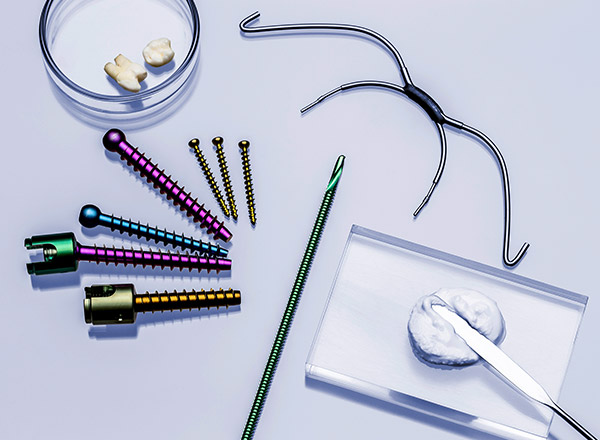
Biotechnological samples
In-depth study of sample properties to understand complex processes and interactions
Gaining information on the behavior of materials used in fields such as applied immunology, molecular engineering, and genetic engineering can be as simple as determining the concentration of substances at different temperatures – and as complex as characterizing nanostructures and their behavior under different conditions. Anton Paar is a pioneer in many of the required fields of measurement technology and analysis methods.
Anton Paar Products
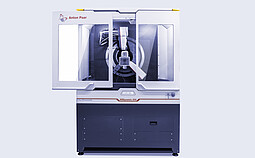
XRDynamic 500
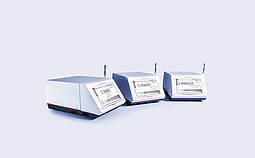
DMA
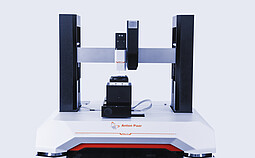
UNHT³ Bio
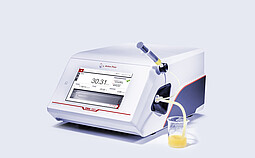
DMA 1001
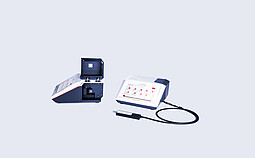
Cora 5001
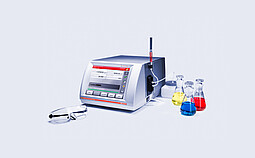
DSA 5000 M
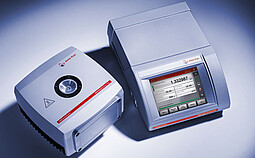
Abbemat
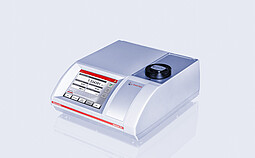
Abbemat
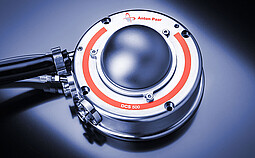
DCS 500
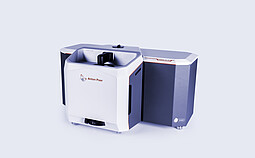
Litesizer DIA 500
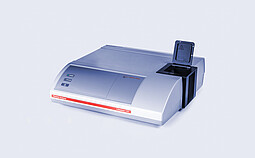
Litesizer DLS
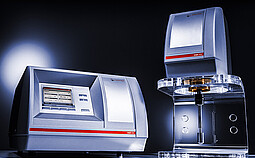
DSR 502
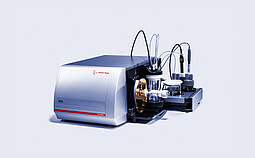
SurPASS 3 Eco

SurPASS 3 Standard
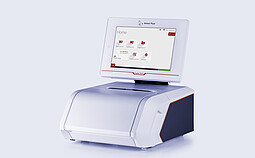
Lyza 7000
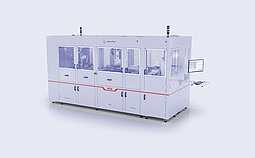
HTX
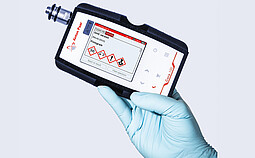
Cora 100
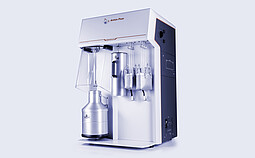
Autosorb
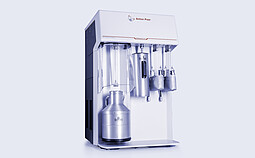
Autosorb 6100
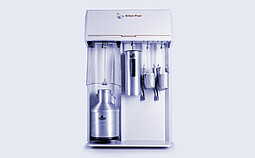
Autosorb 6200

Autosorb 6300
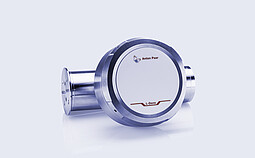
L-Dens 7400
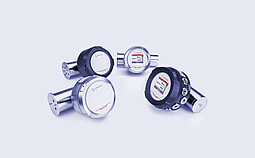
L-Dens 7500

L-Rix
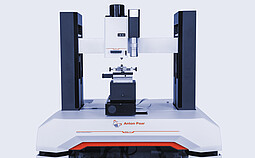
MCT³
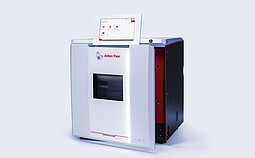
Multiwave 5000
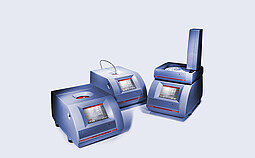
Monowave
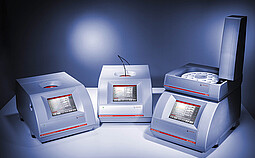
Monowave 200
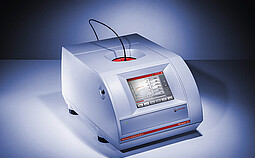
Monowave 400

Monowave 450
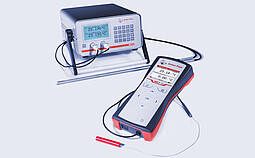
MKT
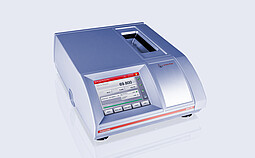
MCP 100

MCP 150
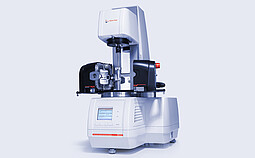
MCR 702e MultiDrive
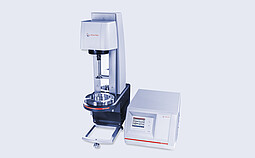
MCR 702e Space MultiDrive

MCR 72/92
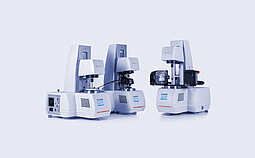
MCR 102e/302e/502e

Z-Alignment Stage
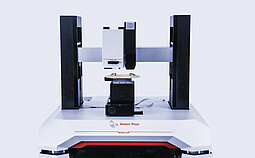
NST³
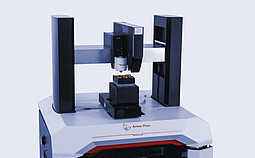
NHT³
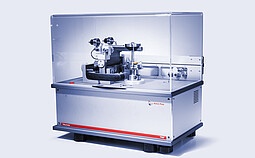
TRB³

DMA 35 Standard
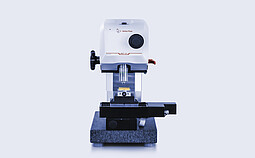
RST 300
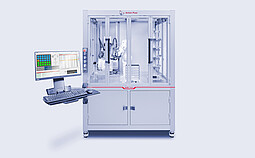
HTR
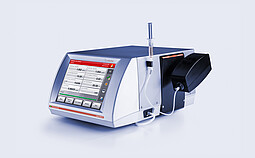
Lovis 2000 M/ME
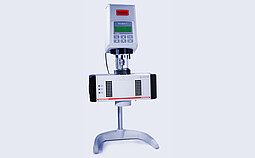
RheolabQC
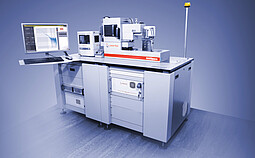
SAXSpace
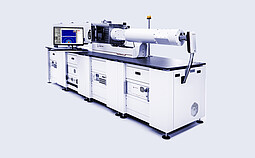
SAXSpoint 5.0
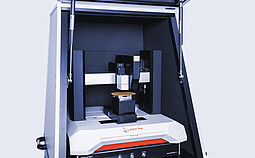
UNHT³
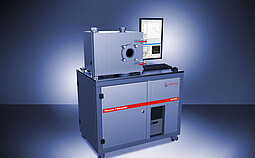
TRB V / THT V
Studying the kinetics of transport processes shown by nanostructured emulsion droplets to ensure successful drug delivery control
When investigating the potential application of micelles as vehicles for the delivery of active ingredients, stability determinations have to be complemented by studying the micelles' internal structure. Since their internal structure depends on their composition, time-resolved SAXS experiments can be used to monitor the structure changes involved in the transport kinetics of nanostructured emulsion droplets, such as the uptake and release of active ingredients like vitamins and enzymes. The main requirements for successful time-resolved SAXS experiments, high intensity along with high resolution, are met by SAXSpace, which delivers high-quality data at short measurement times.
Researching the elastic and mechanical properties of hydrogels
Many hydrogels are considered to be potential candidates for replacement, regeneration, scaffolds, or as growth substrates for soft tissues in the human body. Recent research (Discher et al., 2005; Moers et al., 2013) has shown that the elasticity of the substrate can significantly influence the homeostasis of tissues, which is important for tissue regeneration. Determination of the elastic and mechanical properties of biological substrates is therefore of great interest. Elastic modulus and creep properties can easily be studied with Anton Paar’s Bioindenter as the instrument is compatible with testing in liquids and can operate under various loading modes. The time-dependent response of hydrogels can also be studied.
Determining the intrinsic viscosity and molar mass
The biological effects of hyaluronan can be tailored for pharmaceutical purposes by changing its molar mass. Hyaluronan has a short half-life in the body; for some purposes, e.g. in plastic surgery, its stability has to be increased by increasing the molecular mass. The Lovis 2000 M/ME microviscometer determines the viscosity of dissolved hyaluronan. The intrinsic viscosity is automatically calculated from the relative viscosity of hyaluronan and its solvent. The intrinsic viscosity provides the same information content as the molar mass. Nevertheless, the molar mass can also be calculated according to the Mark-Houwink equation and read directly off the screen. If required, the shear rate dependency can be eliminated by performing an automated zero shear rate extrapolation.
Investigating surface properties to ensure biocompatibility of implants
Surface properties such as the surface charge indicate a surface’s biocompatibility. Depending on the application of a biomaterial, a surface with high or low affinity to proteins is required. In tissue engineering and regenerative medicine, protein adsorption induces the integration of implants while in other cases high protein adhesion may lead to thrombus formation. Zeta potential analysis using Anton Paar’s SurPASS provides information on the surface charge at physiological pH and the chemistry of surface functional groups. The sign and magnitude of the zeta potential are used to estimate the electrostatic interaction between the solid surface and a charged species dissolved in the surrounding aqueous solution.
Webinars
We offer you a great and constantly growing choice of live webinars and recordings on products, applications, and scientific topics.
View webinarsApplication Reports
Explore our database of application reports and find out how to overcome challenges in your field.
View application reports
